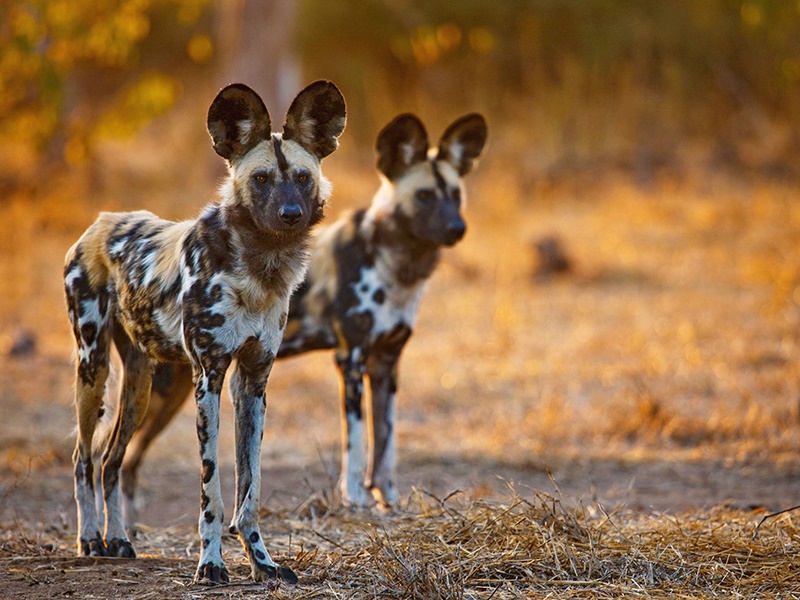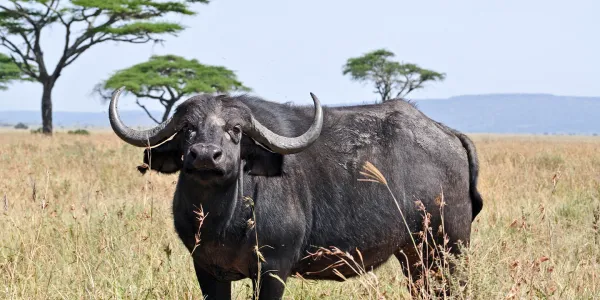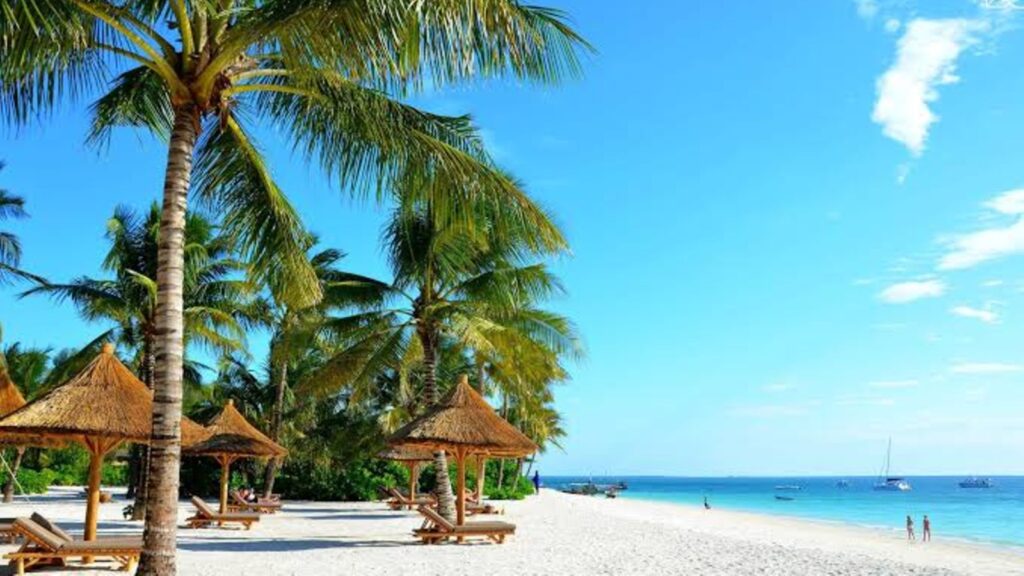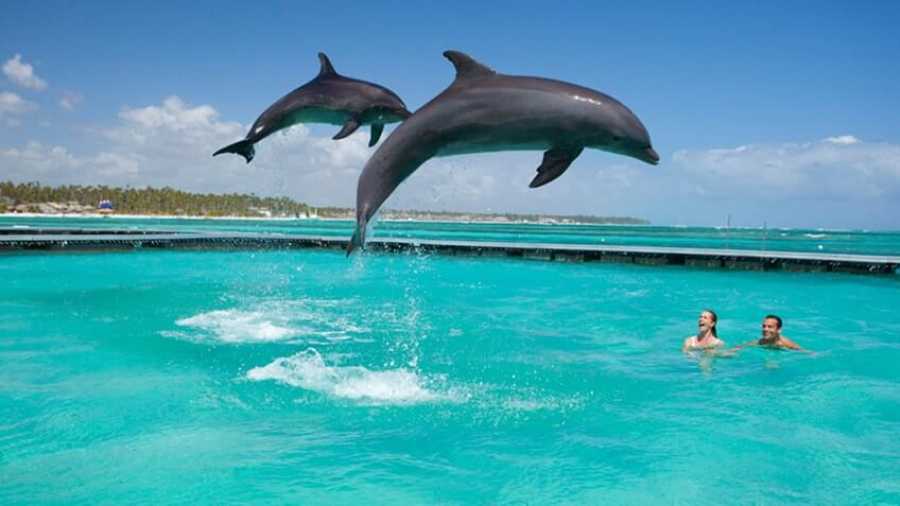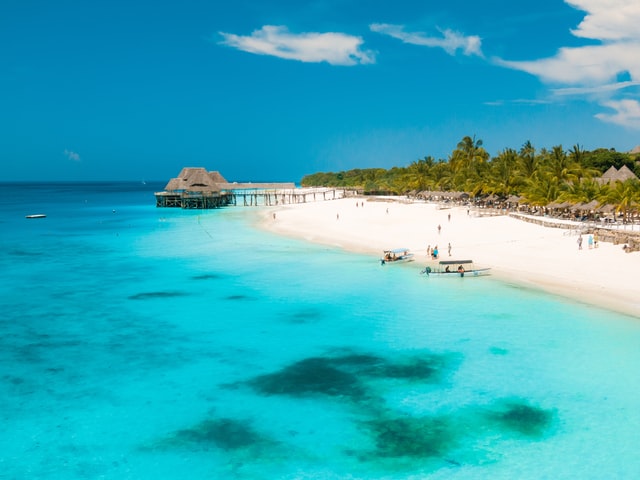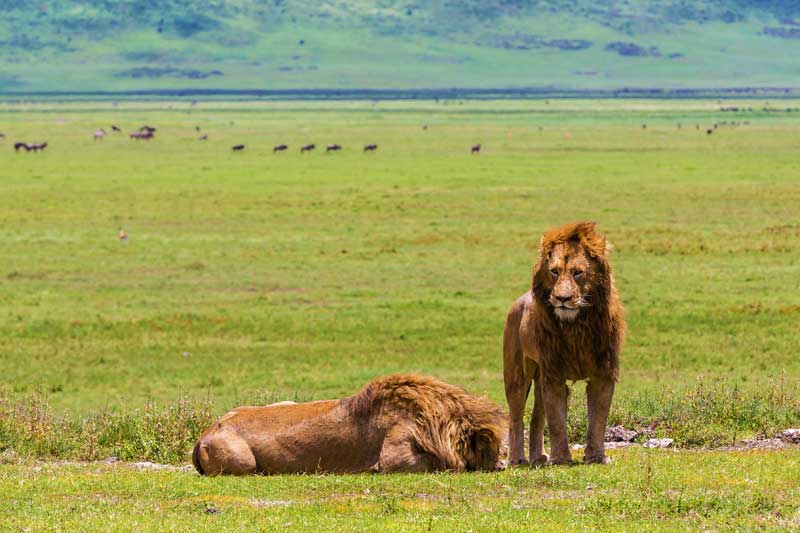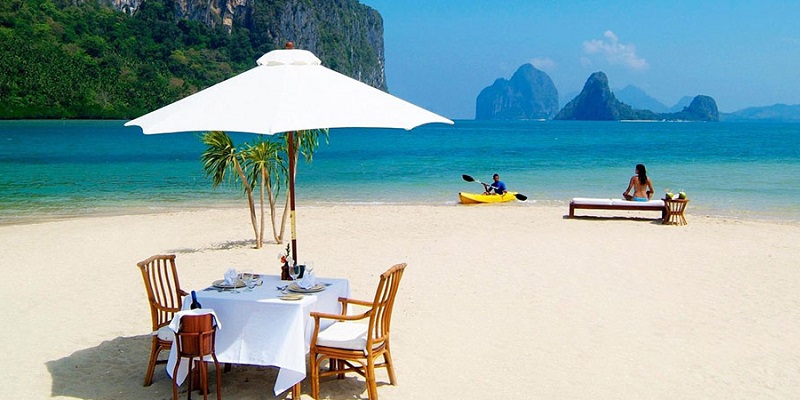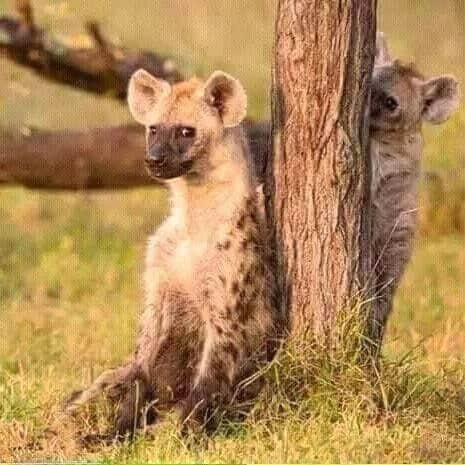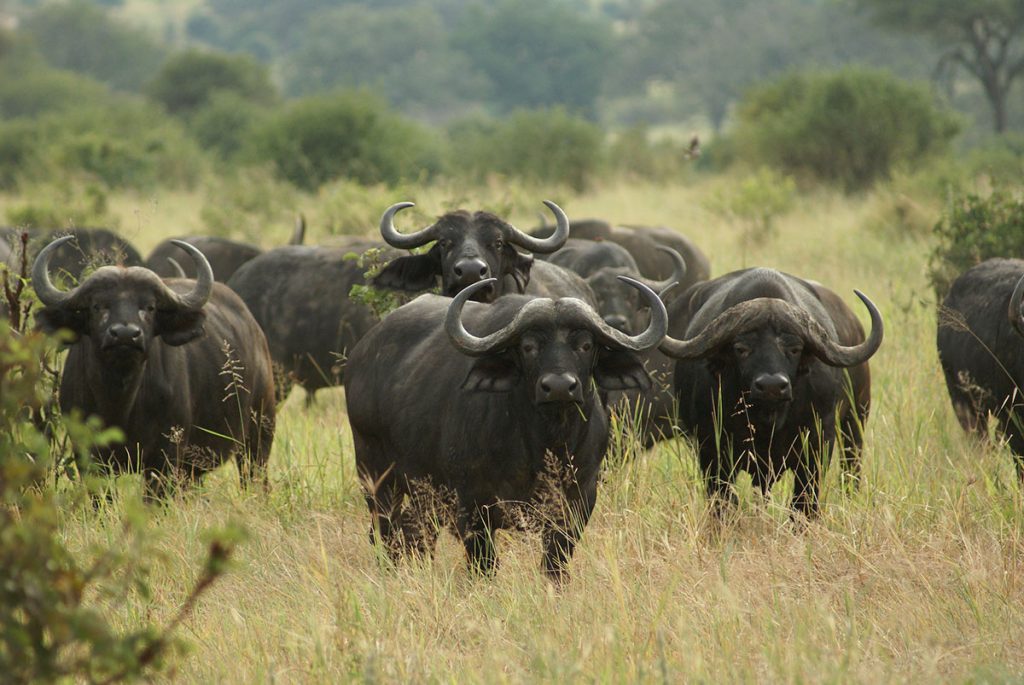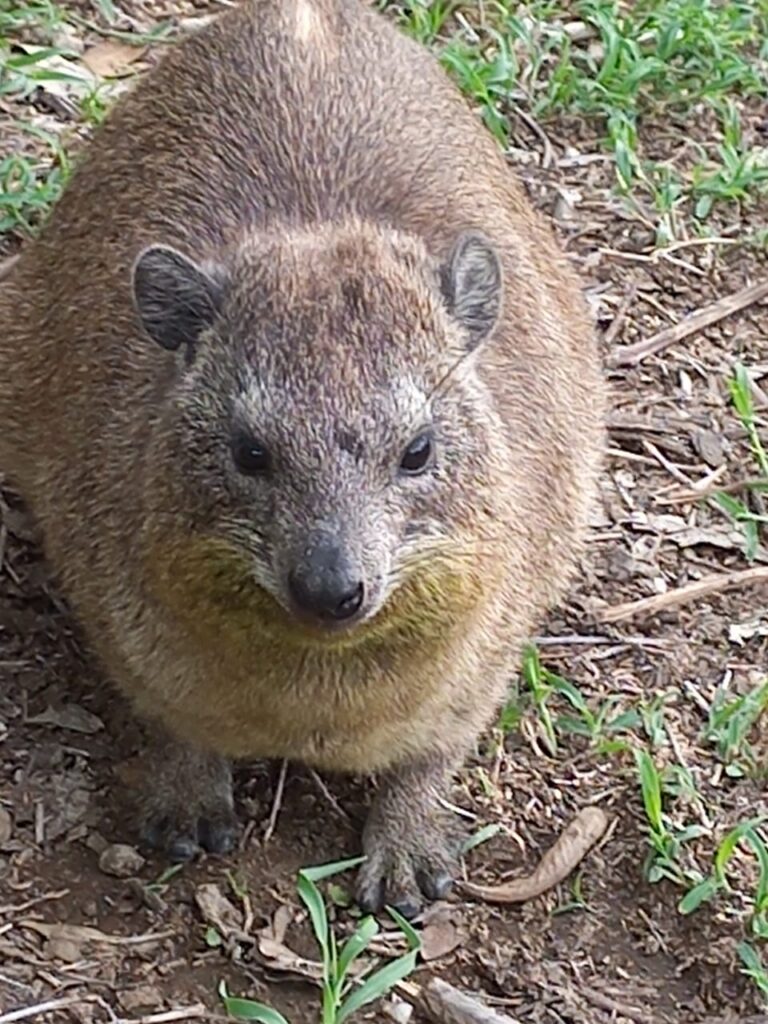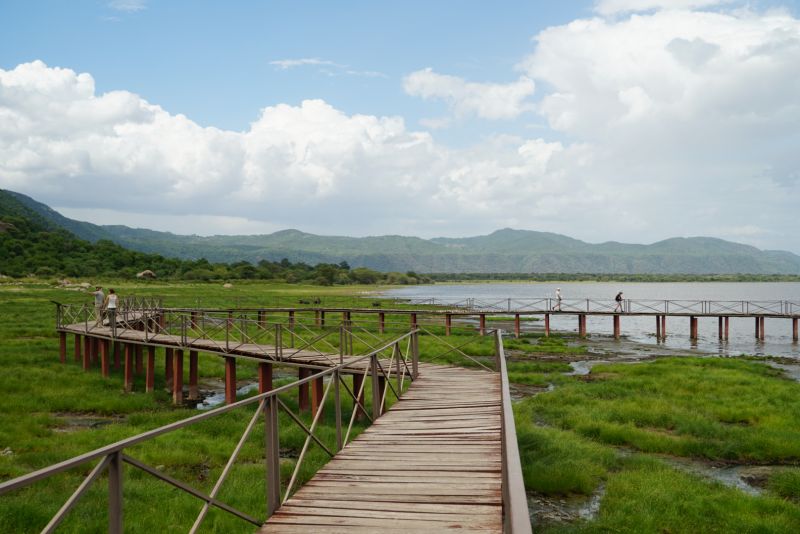Tour Overview
Tarangire National Park, home to Tanzania’s tree-climbing lions
Tarangire National Park in Tanzania’s Manyara region has an epic story of hosting migrating wildebeest and zebras outside the Serengeti and Ngorongoro ecosystems.
The park is characterized scenic topography comprising of river valleys, swamps and ridges. Parts of the park are covered miles of African Acacia woodland while others shelter in combretum woodland and the seasonal marshy grassland with baobab trees.
Tour Itinerary
Upon arrival at Kilimanjaro International Airport you will be met and transferred to Mt Meru Hotel for overnight on B&B basis
Arusha is a city in East Africa's Tanzania, located at the base of volcanic Mt. Meru. It's a gateway to safari destinations and to Africa's highest peak, 5,895m Mt. Kilimanjaro, lying some 100 kilometers northeast. To the west lies Serengeti National Park, home to wildlife including lions, rhinoceros, giraffes and leopards. Annual migrations feature huge herds of wildebeests crossing its plains.
At 7am after breakfast, you will be picked up from the hotel your safari guide and driven to Tarangire National Park. Enjoy the wildlife!
Tarangire National Park is almost 3000 sq km in size and is probably best known for its huge numbers of elephants and baobab trees. The name of the park comes from the Tarangire River which crosses through the park. Tarangire is especially spectacular during the dry season (June - November) as wildlife concentrations rival that of the Serengeti (since enormous populations of elephants and other animals are drawn to the Tarangire River as their only source of water). With its varied habitats and permanent water in the Tarangire River the park is home to over 2000 elephants and 500 bird species.
Overnight at the camp
Meal Plan: Breakfast, lunch and dinner
After breakfast drive to Serengeti National Park.
The endless plains of Serengeti are also the setting for the world’s greatest wildlife spectacle - the 1.5 million wildebeest endless migration in search for fresh pastures Each year this huge herd of wildebeest (along with over 200,000 zebra and gazelle) migrate in a clockwise direction around the Serengeti, up to the Masai Mara in Kenya and then back down to the Serengeti to have their young (over 8000 wildebeest are born a day between mid Feb and mid March). Each year they trek over 2,500km and are constantly threatened and followed some of Africa’s greatest predators. Depending on the time of your visit, your driver guide will be able to share with you where the herd’s current location is at.
Overnight at the camp.
Meal Plan: Breakfast, lunch and dinner
Enjoy a full day in Serengeti.
The Serengeti National Park is the world's last great wildlife refuge as it contains an estimated three million large animals, most of which take part in a seasonal migration that is one of nature's wonders. The area covers 14,763 sq kms and the name Serengeti comes from the Maasai 'Siringet', meaning endless plains.
Overnight at the camp.
Meal Plan: Breakfast, lunch and dinner
After breakfast, enjoy a morning game drive, before driving after lunch, back to Ngorongoro Conservation Area
The Central Serengeti offers superb game viewing all year round due to its abundance of resident animals. Specifically, the Seronera River Valley in the Central Serengeti is a ‘must see’ on every safari regardless of the specific month of travel. Game viewing in Central Serengeti is at its best during the dry season (June - November) as resident animals are more concentrated in the immediate area due to the lack of water on the plains. Resident herbivores include impala, buffalo, hippo, warthog, topi, hartebeest and giraffe. Resident carnivores include lion and leopard.
Overnight at the camp or lodge
Meal Plan: Breakfast, lunch and dinner
With picnic lunches descend into the Ngorongoro Crater for a crater tour.
Often called the eighth natural wonder of the world, the Ngorongoro Crater is the largest intact crater in the world. About 2 million years ago the Ngorongoro volcano erupted, and its walls collapsed. The volcano floor sank to create a natural enclosure with its 600m tall walls. Now, at over 19 kilometres wide, Ngorongoro Crater is filled with great areas of acacia forest, hippo filled swamps and open grasslands. These different habitats contain over 30,000 animals – including elephants, warthogs, flamingoes, magnificent birdlife, the rare black rhinoceros and all the predatory cats. The Maasai can also be seen grazing their cattle alongside the buffalo and wildebeest.
Later after tour you will drive back to Arusha for overnight
Meal Plan: Breakfast, lunch and dinner
Today you will get transfer to the airport for your flight back home
Breakfast provided.
Included and Excluded
What's Included
- Ground transport whilst on safari in a comfortable 4×4 safari Land cruiser
- English speaking Driver/guide,
- Game drives
- Accommodation
- Meals on Full Board Basis while on Safari
- Mineral water
- All Park Entrance Fees
- Round-trip airport transfer
What's Excluded
- Soft & alcoholic drinks
- Things of personal nature
- International Airfares, Visa Fees
- Optional activities unless specified as included
- Tips and other gratitude



